We were lucky to catch up with Karissa Valencia recently and have shared our conversation below.
Karissa, looking forward to hearing all of your stories today. Can you talk to us about a project that’s meant a lot to you?
Growing up as a mixed race Chumash and Mexican kid, it was rare to see characters on screen that looked like me or my family. If we did, they were often villains or victims. So when Disney’s Pocahontas debuted with a Native American heroine in the spotlight, it was an event! I’ll never forget when my sister and I met Irene Bedard (voice of Pocahontas) at our annual Pow Wow on the Chumash Reservation when were about ten years old. We asked her to sign our VHS and went home reeling after meeting our first Indigenous celebrity. We were so thrilled to see that she looked just like her character and was from an Alaskan tribe. This memory is a constant reminder to me of how important representation is, especially to our youth. Representation matters. When I got older however, I learned the truth behind the film’s source material and how incredibly romanticized and problematic it all was. For me, this fueled my passion for Indigenous people to tell their own stories.
In 2020, Spirit Rangers went into production at Netflix Animation with the very talented SuperProd Animation team as our producing partners. The show follows the adventures of three Native American siblings who live and work in a magical National Park. Every episode celebrates community, nature, and Indigenous culture. I created the show inspired by my time growing up on the Chumash reservation and hearing our traditional stories of how the plants and animals are our relatives. With a crew of over 100 Indigenous artists, including an all Native writers room, we’ve received so much love including award nominations from the Emmys, Annie’s, and the Environmental Media Association. In a twist of fate, at the Emmys this past year I was able to reunite with Irene Bedard who was there in support of PBS’s Molly of Denali. Being in a space surrounded by so many Native artists was such dream come true that day.
Spirit Rangers is not only a professional accomplishment but a personal journey of healing my inner child who wished for more authentic representation. Creating a show about a Native American family who unabashedly loves their culture and protects our land and waterways is a show I know I would have loved as a kid. It is by far the most meaningful project I’ve had the opportunity to work on.
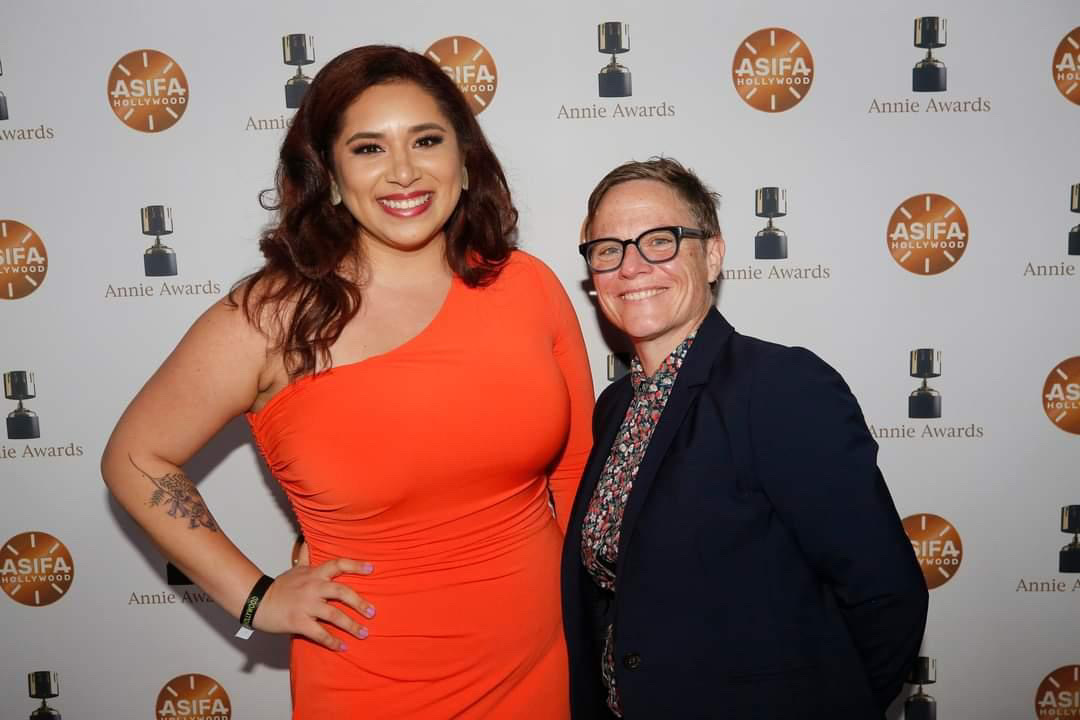


Great, appreciate you sharing that with us. Before we ask you to share more of your insights, can you take a moment to introduce yourself and how you got to where you are today to our readers.
Haku CanvasRebel! My name is Karissa Valencia and I’m a writer, producer and author. I grew up between sunny San Diego and the Santa Ynez Reservation of Chumash Indians. I’m a proud chicana and also a member of the Chumash tribe. I feel very lucky that I always knew I wanted to be a writer and work in a creative field. To pursue this dream, I studied English and Communication at the University of San Diego and then earned my Masters in Television-Radio-Film at Syracuse University. Since moving to Los Angeles in 2014, I’ve worked at Nickelodeon, Disney Junior, and Netflix. I’ve written for preschool favorites such as Doc McStuffins, Vampirina, Thomas & Friends, T.O.T.S, and The Chicken Squad. Most recently, I was the Showrunner and Executive Producer for Netflix Animation’s Spirit Rangers. I currently reside in Los Angeles.

What’s the most rewarding aspect of being a creative in your experience?
The most rewarding part about being an artist is connecting with others who resonate with your art. Although Spirit Rangers was a show made for kids, I’ve been blown away by the number of adults who have reached out to say they are a fan themselves. Teachers have reached out saying they use our show in lieu of the outdated representation found in their history books. Parents share stories of how they love the environmental messaging of protecting our plants and animals. But the most overwhelming is from my Indigenous community who are brought to tears when they see the show. From episodes about hoop dancing or hearing our languages spoken on such a global platform, they are so moved and grateful for this new wave of Indigenous representation.
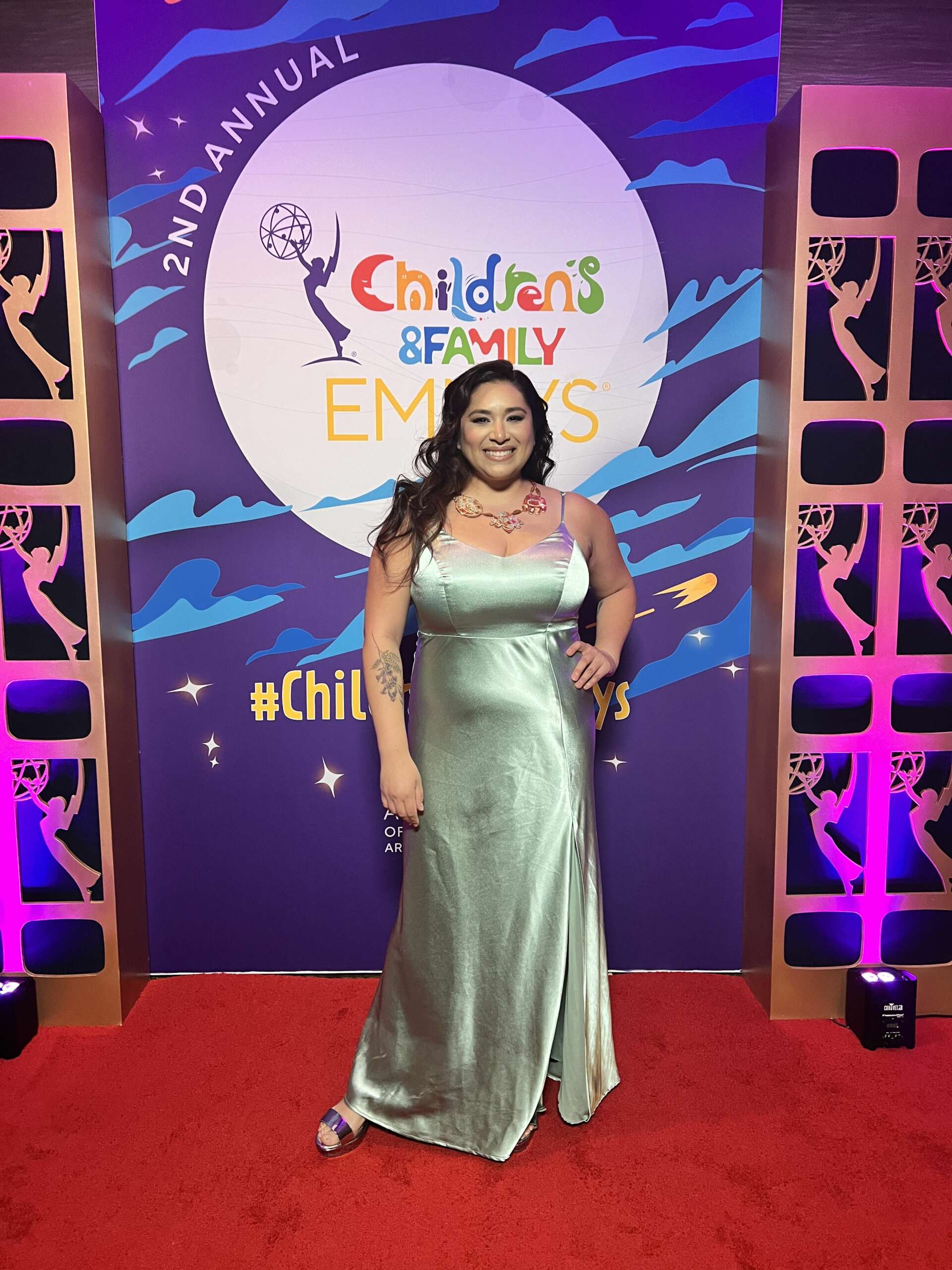
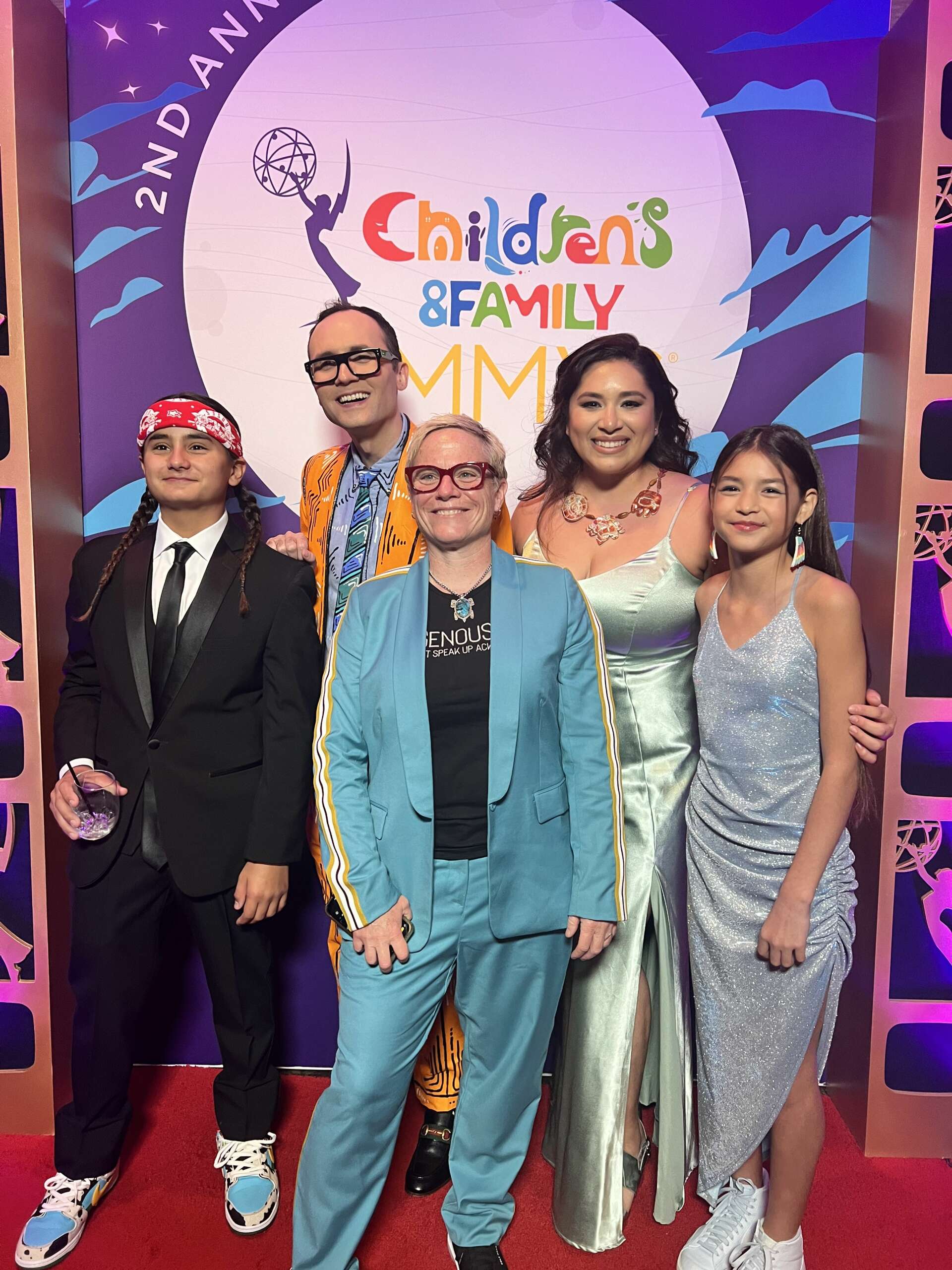
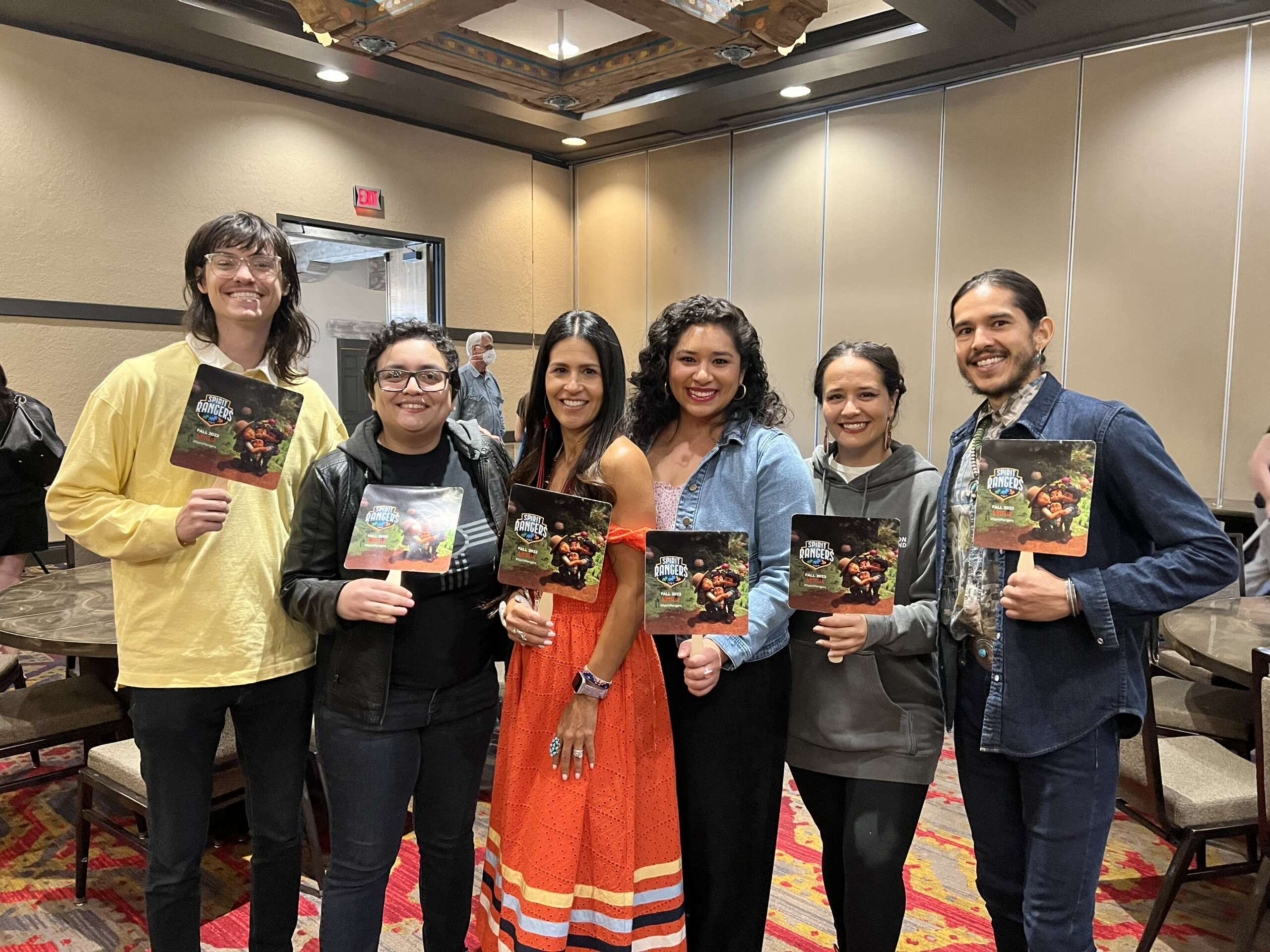
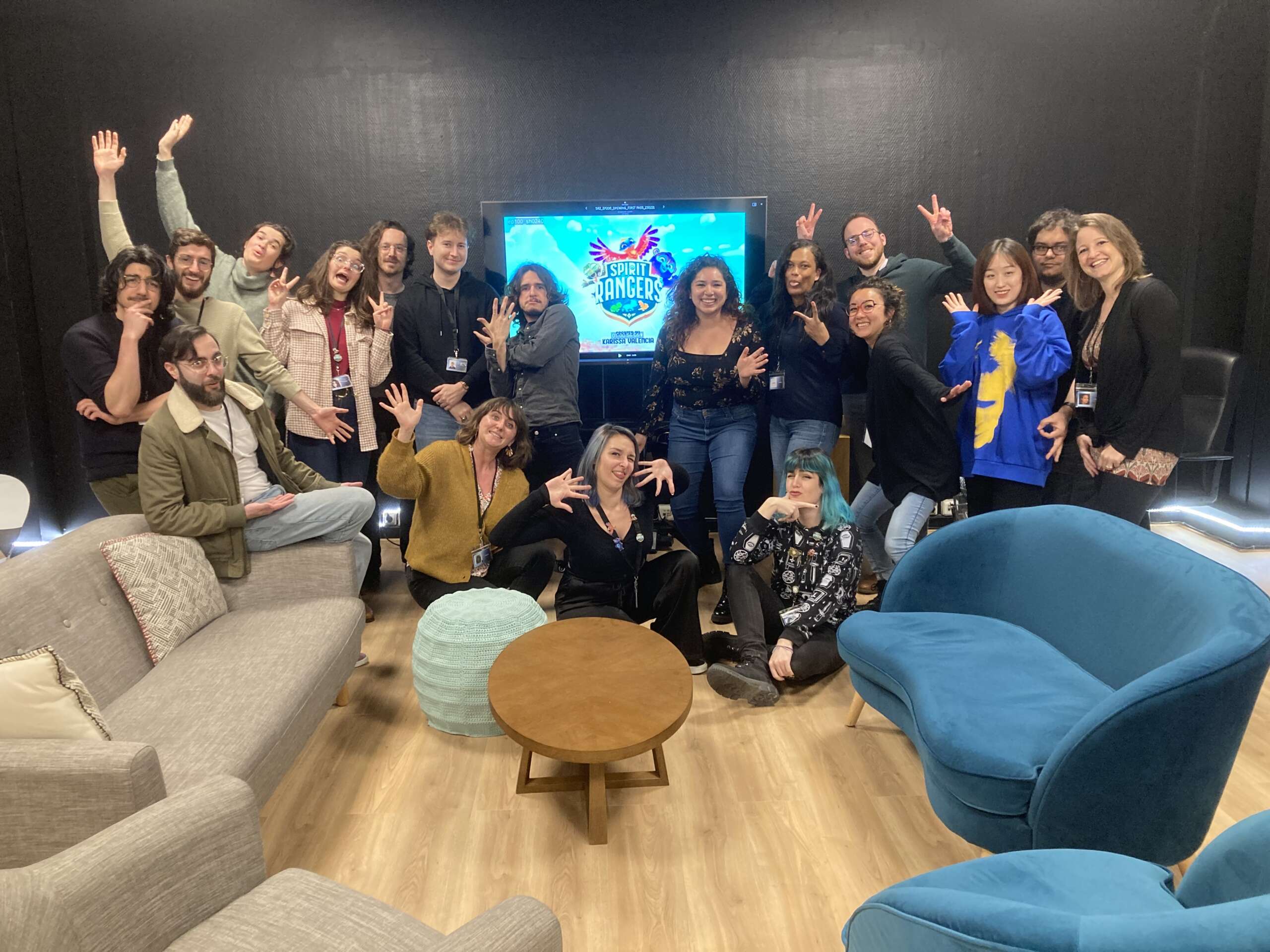
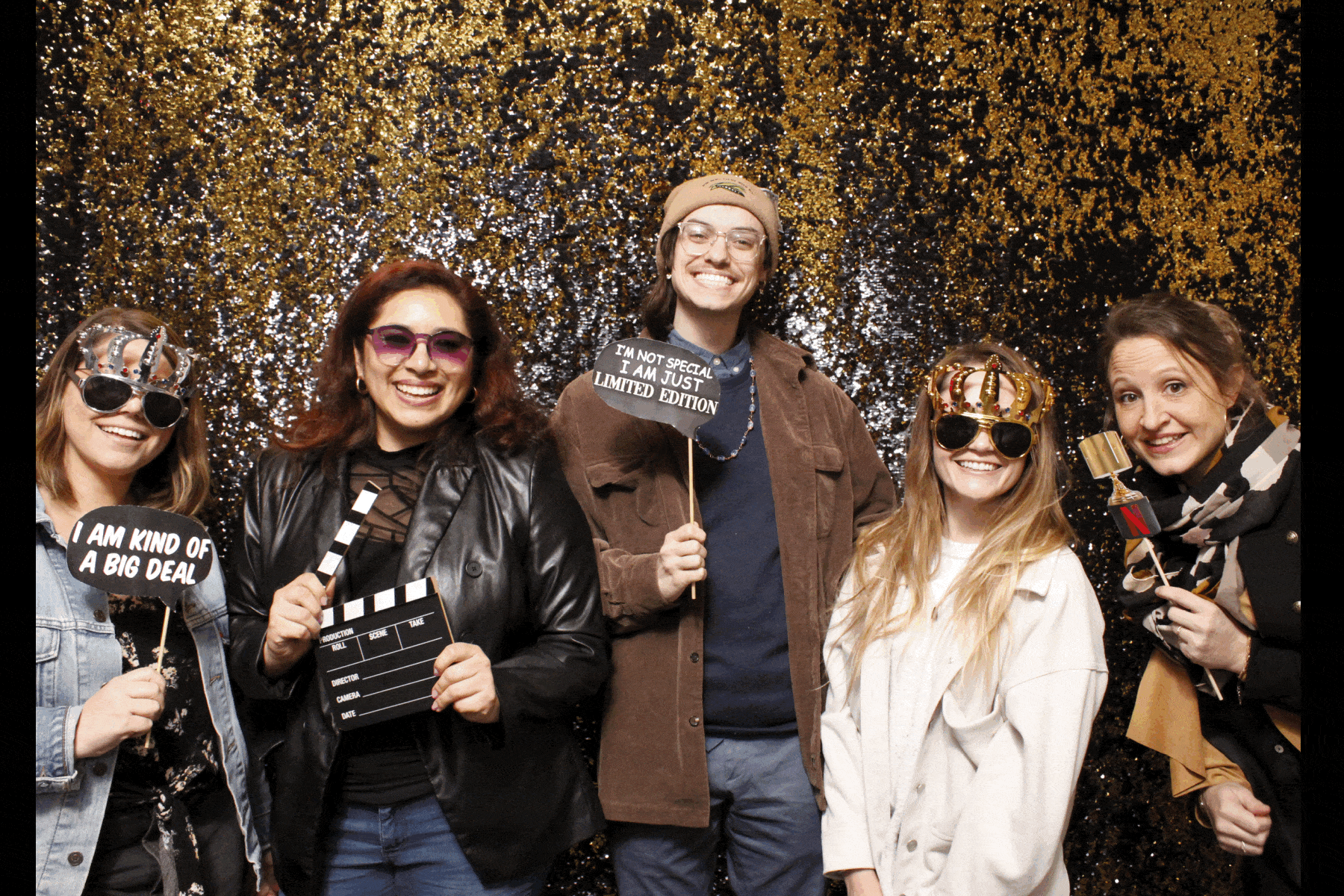



Looking back, are there any resources you wish you knew about earlier in your creative journey?
The most important lesson I’ve learned since working in a creative field is the importance of community. As a writer, it can be isolating and lonely when you’re stuck at your desk for hours at a time. To battle this, I turned to resources such as Women in Animation that offer screenings, panels, and mentorship opportunities. The Writers Guild Library was another treasure trove of scripts to learn from but also a space that held events for fellow writers to gather. Women of Color Unite is another fantastic organization that fosters community. I’ve also enjoyed festivals such as LALIFF, LatinX in Animation, or LA Skinsfest. Meeting and connecting with fellow creatives is one of my favorite parts of being in a creative field. My fellow creatives constantly inspire me!
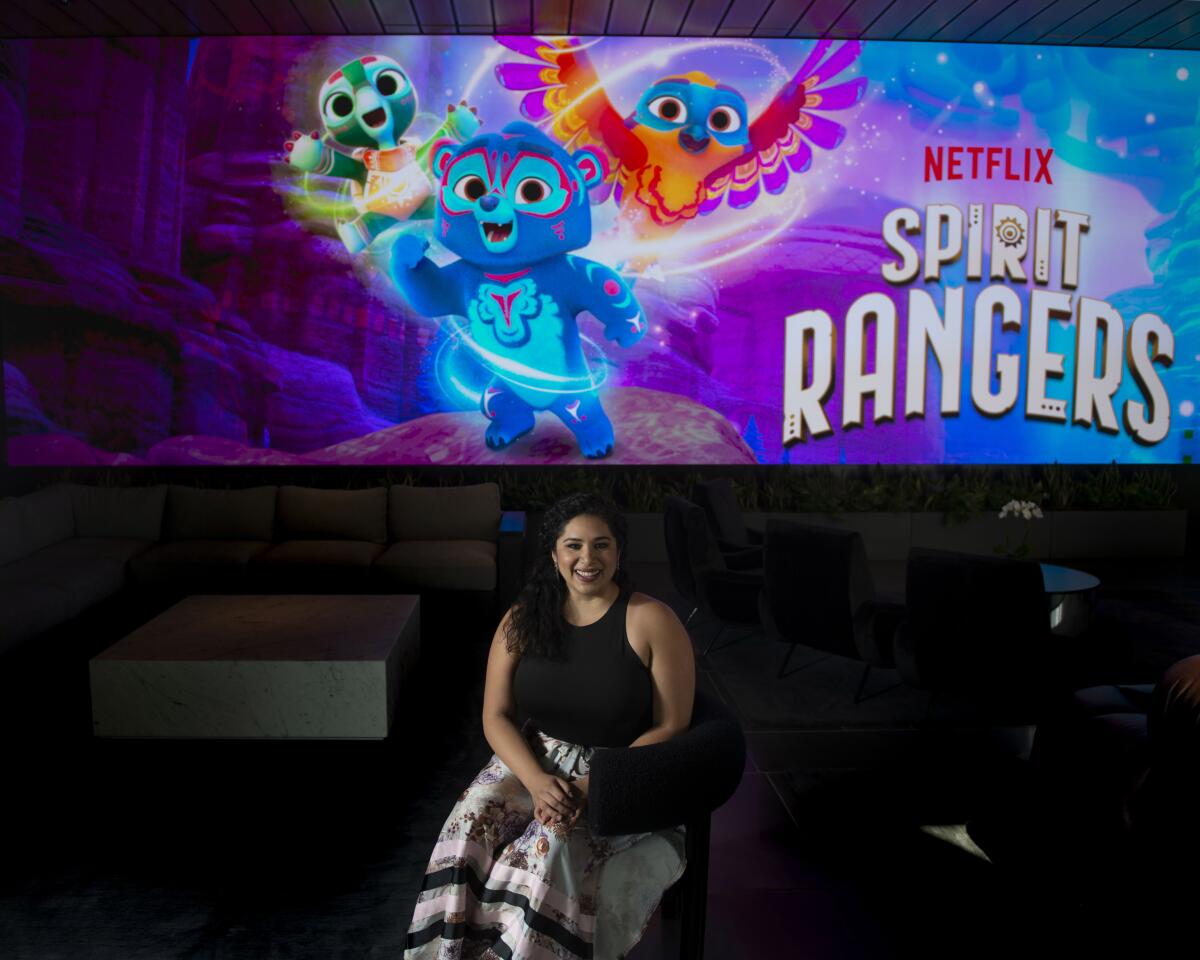
Contact Info:
- Instagram: @karissavalencia_
Image Credits
Renevee Romero (caricature artist)


